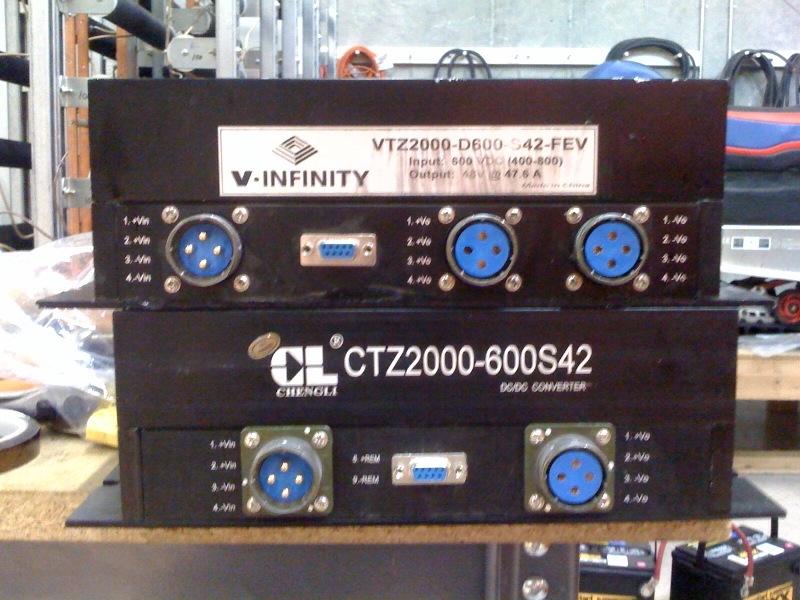As an avid electric vehicle (EV) enthusiast, I’ve always been interested in building my own charging system for my car. After doing some research, I decided to use a DC-DC converter to create my custom charging setup. It was a challenging process, but the end result was well worth the effort.

To begin, I researched different types of DC-DC converters and their specifications to determine which one would work best for my project. After comparing several models, I settled on a Buck-Boost converter, which is designed to handle both step-up and step-down voltage applications. This made it ideal for my charging system, as it would be required to boost the voltage from my home power outlet to the voltage needed to charge my car’s battery.
Once I had selected the converter, I began building the charging system. I purchased a charging cable with the appropriate connectors to fit my car’s charging port, and wired it to the output of the converter. I also included an ammeter to monitor the charging current, and a voltmeter to monitor the charging voltage.
Next, I tested the system to ensure that it was functioning properly. I connected the charging cable to my car’s charging port, plugged it into the wall outlet, and turned on the converter. To my delight, the charging system began working as expected, and I was able to charge my car’s battery without any issues.
Over time, I continued to refine the charging system to improve its efficiency and performance. I added a temperature sensor to monitor the converter’s temperature and implemented a cooling system to prevent overheating. I also optimized the converter’s settings to ensure that it was delivering the correct voltage and current to the battery, which helped to increase the charging speed.
One of the biggest benefits of using a DC-DC converter for my charging system is its versatility. The converter can be easily adjusted to work with different input voltages and output voltages, which makes it compatible with a wide range of electric vehicles. Additionally, the Buck-Boost converter is very efficient, which means that it uses less power than other types of converters, resulting in a lower electricity bill.
Overall, building my own charging system using a DC-DC converter has been a very rewarding experience. It allowed me to customize the system to fit my specific needs and saved me a significant amount of money compared to purchasing a commercial charging station. I would highly recommend this approach to anyone who is interested in building their own charging system for their electric vehicle.
— Nicole Andesen
Leave a Reply